Ten years ago, I had a sabbatical from my teaching position. I developed a project of daily social media posts using images as a way to comment on whatever was happening in the news media. I mentioned this before, I lasted about 4 months and as I threw in the towel I was approached by the Folio Society to audition for Toni Morrison’s illustrated edition of Beloved. A definite move from the ridiculous to the sublime and timely in that I could dedicate all of my energy to such a meaningful project.
I couldn’t have asked for a better antidote to the illness that I was recovering from—-immersion in the most toxic of human endeavours——social media. What deeper truth was I getting at with the chaos and incoherence I was allowing into my life everyday? The last ten years have included incredible chaos and incoherence in my role as an educator. In 2018, the program curriculum underwent a profound overhaul, including my drawing course. The Associate Dean, a veteran designer and art director, Donna Braggins pointed out where we were looking...our eyes were firmly planted on the weeds, the leaves on the trees and not the forest, or better still the path through the forest. We were teaching procedures, thinking that we were building skills, and missing the formal aspects at the heart of visual communication. I think technology and the emphasis on apps and hardware contributed to distorting our teaching, as how and what we taught blended like the ‘multiply’ mode. The ‘Photoshop as a verb’ experience of the late 1990’s and early 2000’s was pervasive. The Lao-Tse proverb about offering a fish and teaching someone to fish found new meaning. We just got caught up in the cool fishing rod.
The COVID years helped to show the hollowness of technology driven teaching, as our anecdotal belief in the advantages of studio learning was put through a real world lab experiment. Our theory was no longer conjecture, physical engagement, embodied understanding, and the physical environment of the studio are critical aspects of how to learn to draw. Some things can’t be taught online, YouTube is excellent in procedural/skill based learning, but drawing demands a broad salience landscape afforded by embodied experiences. My life drawing class became a communications course in developing meaning and messaging through the life model. Drawing is not an escape into a pastime, so much of ‘Learn To Draw’ instruction has the intellectual heft of a 10,000 piece puzzle of kittens. Snap all these pieces together and voila—a purrfect picture.
If you have read more than one of my posts, you know that I am concerned about text to image generative A.I.—-not because I think it will wipe out artists. I am concerned that an absurd idea is taken seriously. The entire world of image-making is demeaned by thinking that making a picture from written directions has any value whatsoever. It’s not a fucking muffin recipe. This relates right back to the change in my teaching, and my daily social media posts during my sabbatical. This instrumentalizing of experience, mistaking procedure for process and valuing results no matter the approach taken is the central problem that the internet has supercharged. We are terrible at dealing with sensory overload, but we turn our face to this fire everyday.
It can be freeing to not contribute to the bonfire. But, we all have to get into the fray of human relations to make a living, feed ourselves, and have a meaningful life. We can’t avoid messy people, still, spending time in an online gauntlet designed for maximal attention and minimal control seems like an illness. I am not drawing any parallels from the events of this week, there are so many people drawing blood from the deep vein of political moments right now you don’t need my diagnosis.
I lied to my students this week. I had to. I will use as my excuse the folktale of the stone soup. The outline of the story, which has a variety of tellings from numerous cultures… A stranger comes to a village and is looked upon warily by the villagers. The stranger starts a fire to heat a pot of water and adds a large stone to the water. The curious villagers ask the stranger about the soup and he indicates it is quite tasty but could benefit with some garnishes, as villagers contribute to the pot, a delicious meal is created for everyone.
The story begins with deception as does the drawing exercise, but it’s not me that needs feeding but the students imagination. The exercise has limited means to draw with—-just black and gray tonal values and the white of the paper—-like the stranger with his fire, pot, water, and stone. No added garnishes—-they are literally being served stone soup and I’m convincing them it has flavour. Drawing is deception, it’s an abstract language that scrapes carbon on wood pulp to express the visual as a tangible form. We have developed an elaborate catalog of approaches—-garnishes——that can offer us a soup with all the fixings and none of the sustenance.
I won’t torture the soup metaphor any further. I purposely oversimplified the drawing approach this week because the less choices on offer, the easier it is to ask —-why did you do that? Offering something so unadorned to hang so much visual interest on captures attention rather than loses it. Also, creating a process that you can’t hide within—-especially for Illustrators who are experts in camouflage and stretching a cloak of style over substance, helps to make choices conscious and considered. There is so much more to be found in starting from less.
Every 2 years this drawing exercise just happens to fall during the end of the election cycles of the U.S. midterms and voting for the President. I usually look at electoral maps, not as a political statement but rather to show that ‘the winner take all’ system that Canada shares in our representative parliament, but not in our party leaders and Prime Minister, can have the drawback of land having more clout than people. The map/approach we use has real consequences. The exercise and the election have an unequal symmetry, they both demand complex decisions be reduced down to limited choices with a similar mark on paper but with obviously less at stake in the studio, and no hanging chads.

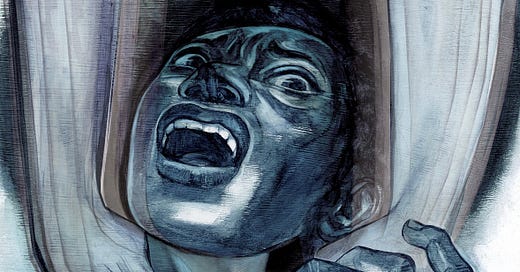


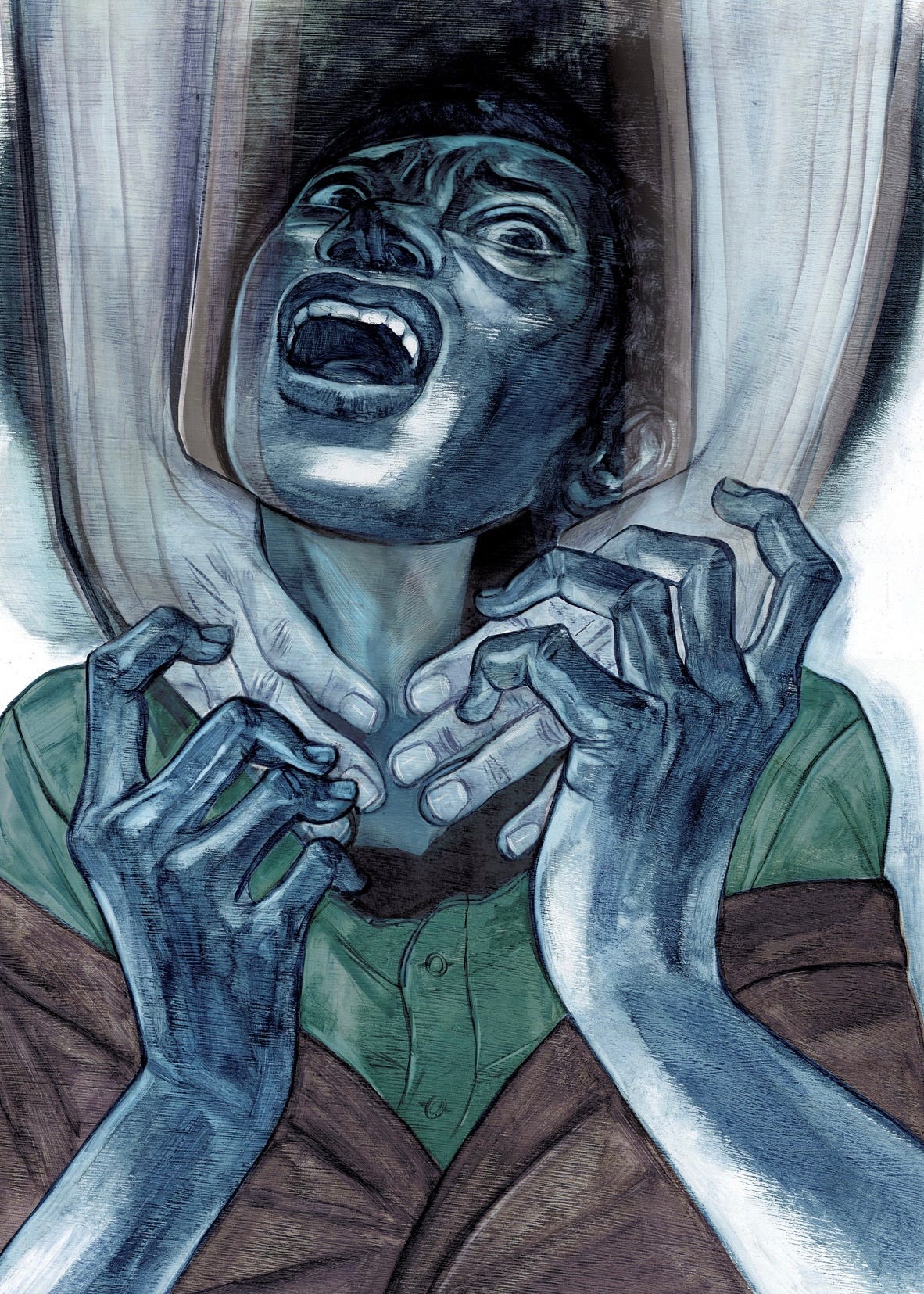
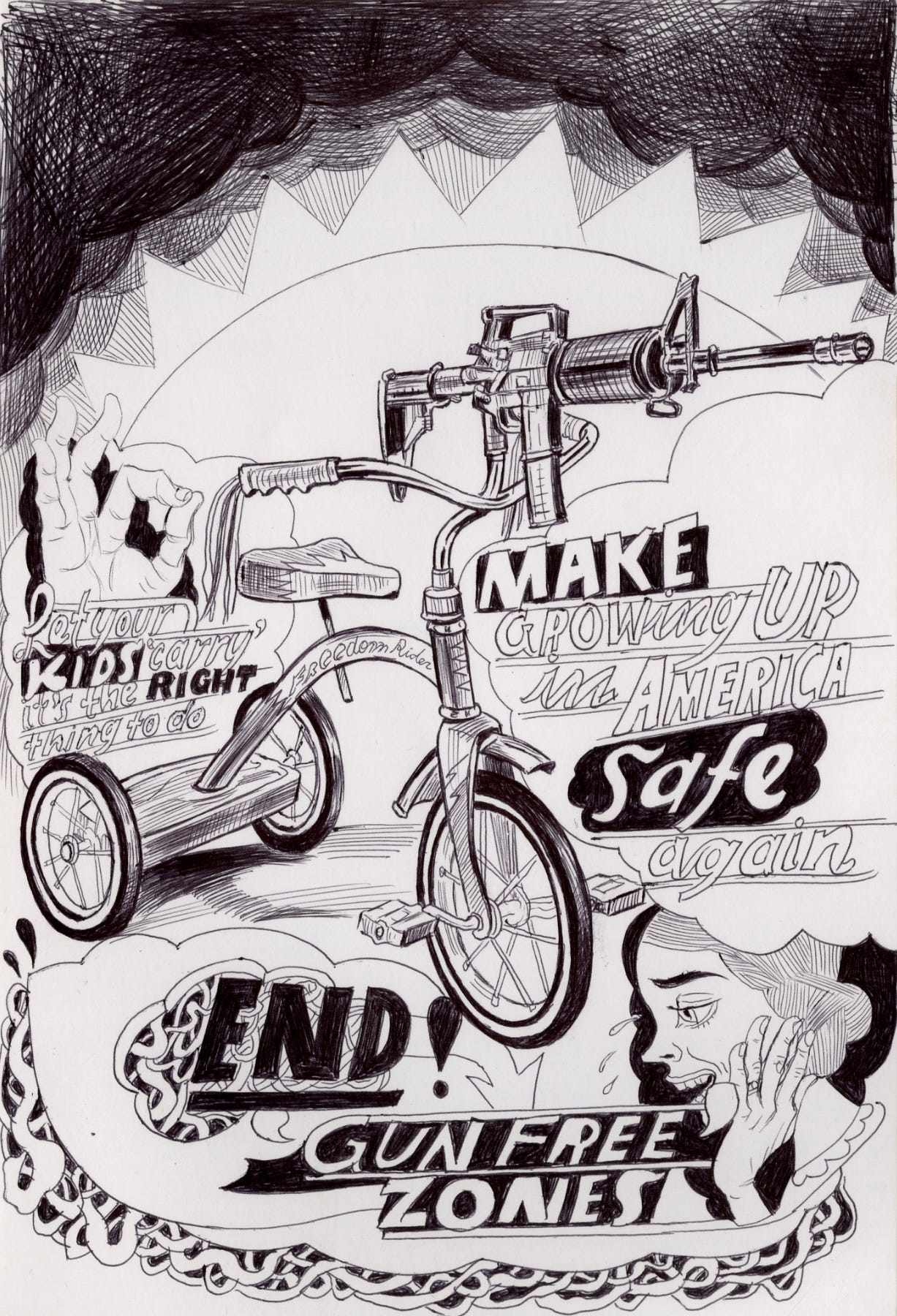
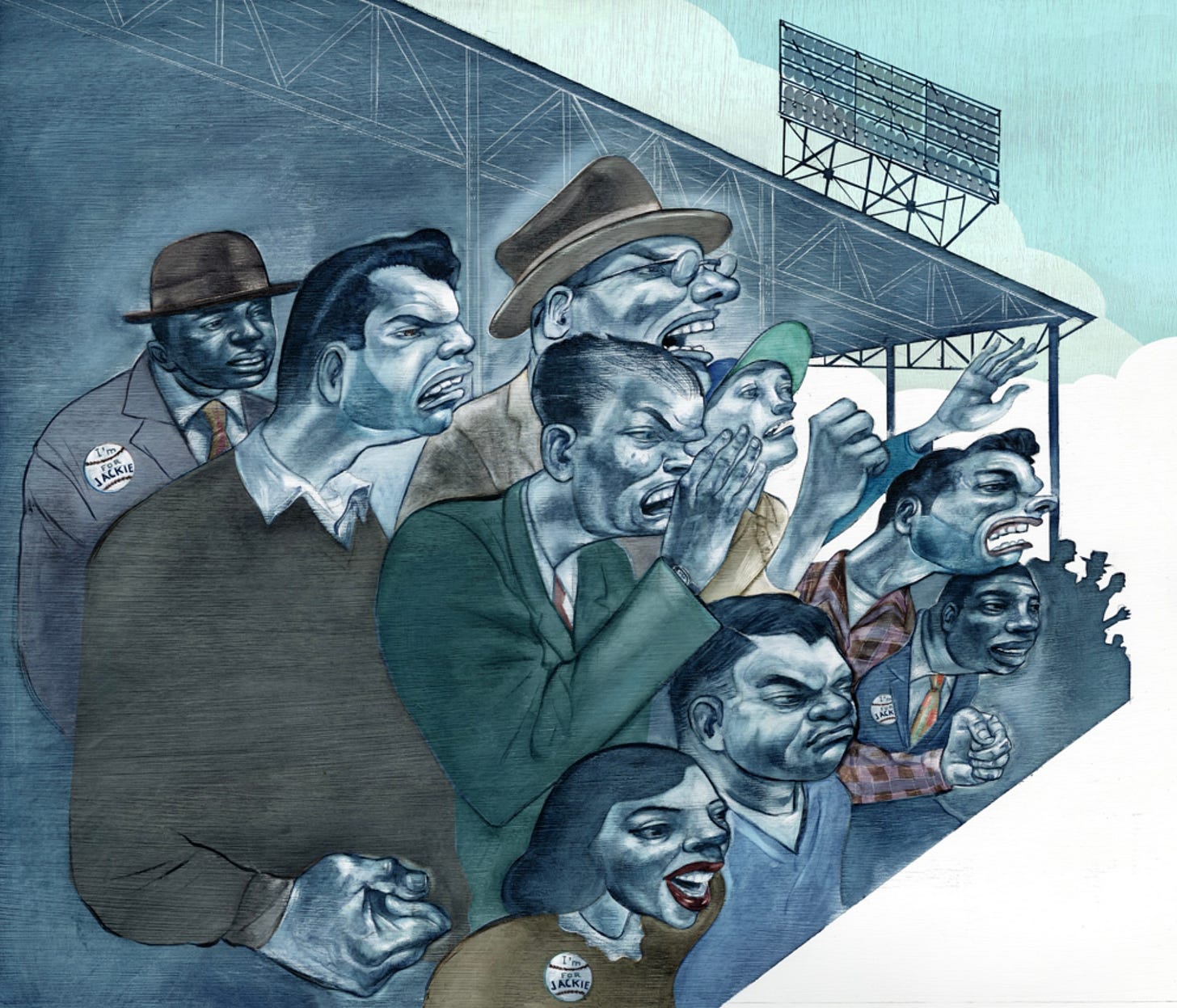
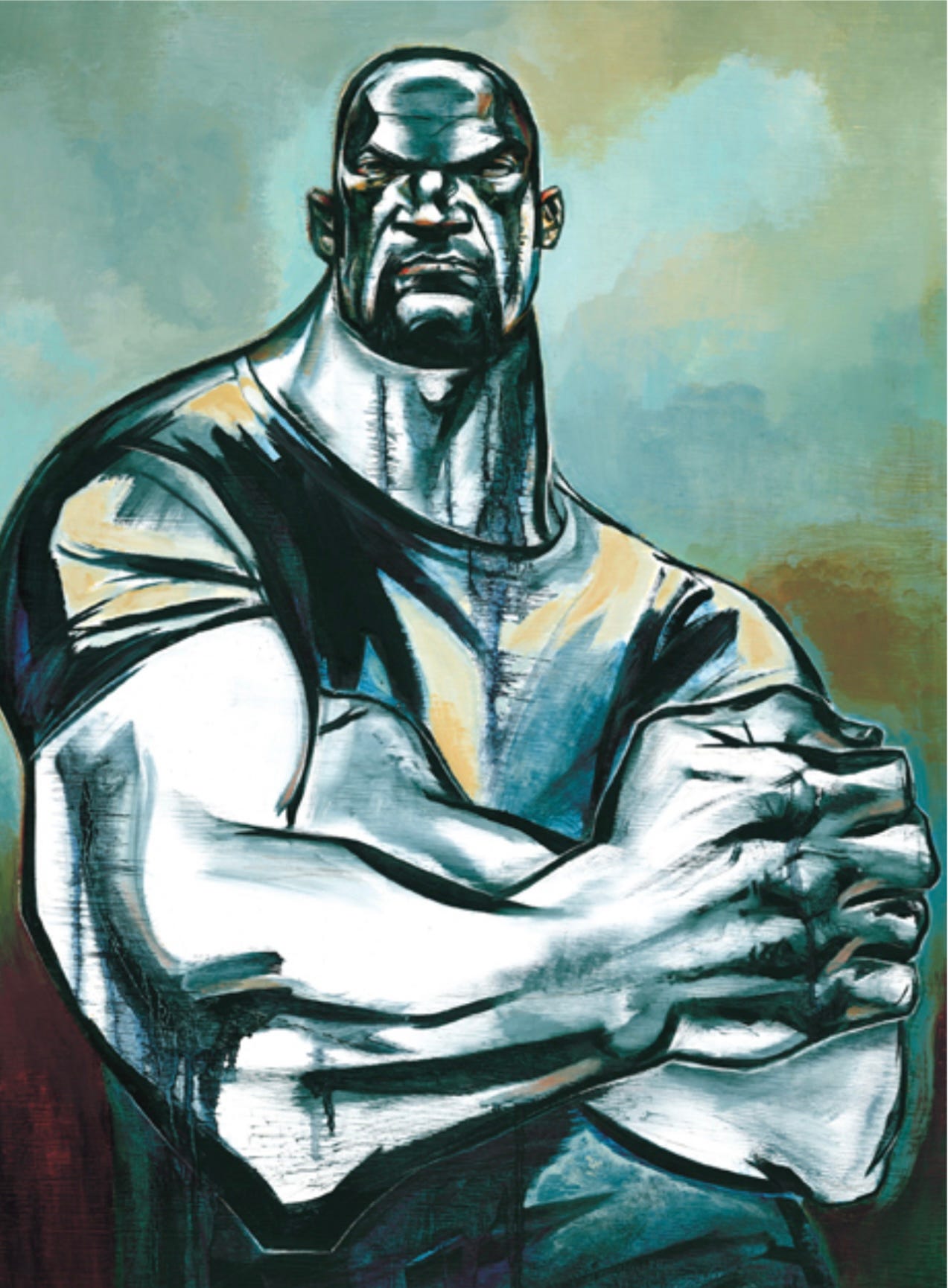
I've been thinking about the chaotic pace of things like AI and the pressure to adapt to the shifting 'new reality' around us these days. Your articles really resonated with me. Learning and creating have become two-dimensional experiences. Studies show that writing by hand helps with memory retention and the synthesis of information because it forces us to slow down. Our relationships with the physical world, our whole selves, and others add meaning to what we do and create. Humans are trouble at multi-tasking. I feel like in order to learn, we'll need to unlearn and get back to some of the basics.